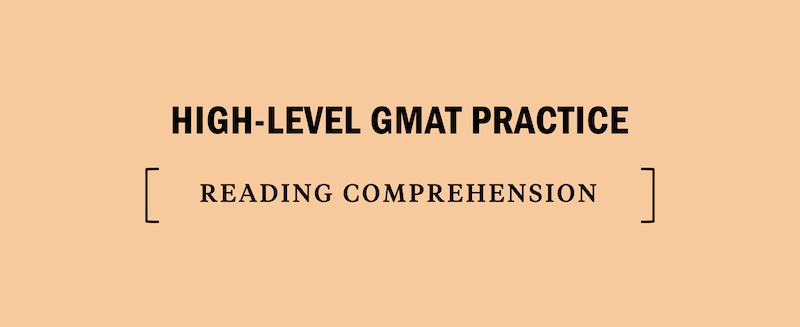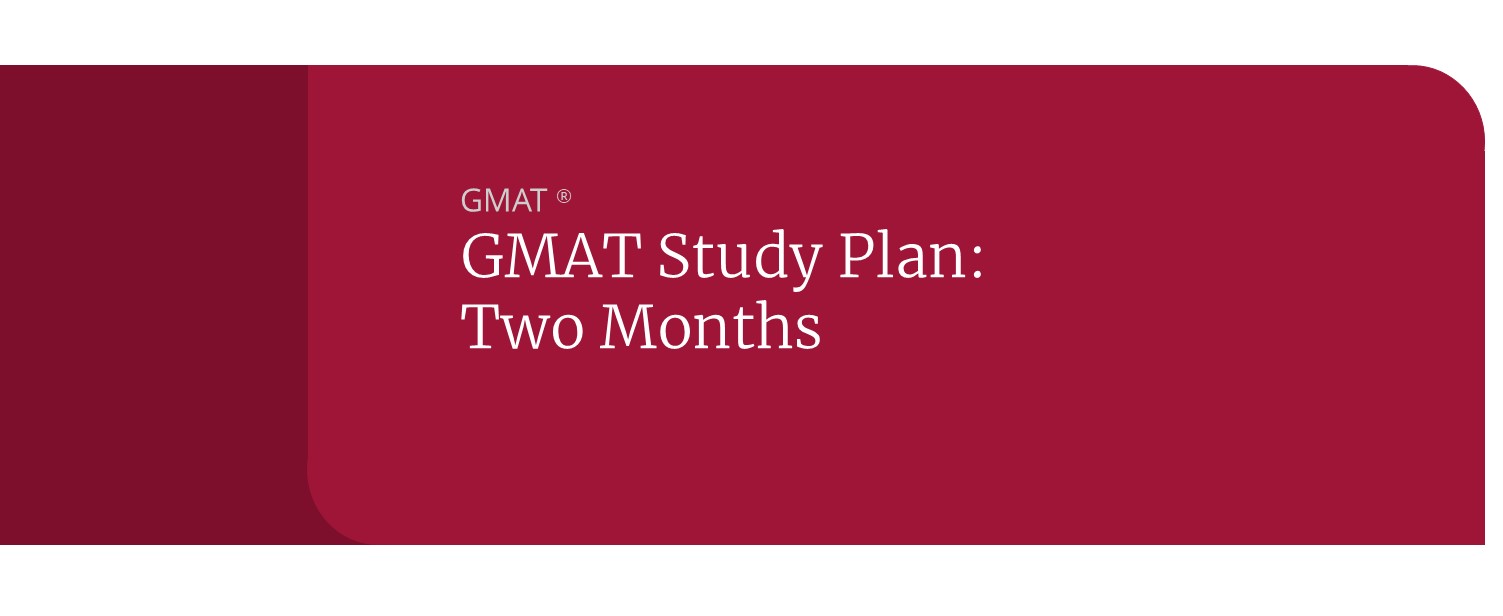GMAT Reading Comprehension: Managing Passages
In order to get the most out of your reading on the Reading Comprehension section of the GMAT, you must learn how to break down the passage into manageable chunks. There is simply not enough time to peruse every detail during your first read-through. It is important to learn where to direct your attention in order to make the most of your precious time. The introduction, body paragraphs, and conclusion are the three recognizable portions of any expository piece of writing.
The introduction paragraph of a reading passage can be considered the most important piece of information determine the main idea, purpose, and key arguments. The introduction does not always contain the “meat” of the passage—that is, it does not contain the evidence for an argument or the detailed reasoning behind an argument—but it can provide an overview that will aid your understanding throughout the questions.
GMAT Reading Comp: Introductory Paragraphs
Let’s look at a sample introductory paragraph and learn how to pick it apart, sentence by sentence:
GMAT Reading Comp: Dissecting the Passage
The classical realist theory of international relations has long dominated both academic institutions and the American government.
The first sentence of a passage should, for the most part, introduce you to the topic of the passage. If the first sentence adequately introduces the topic, you should be able to answer the questions “what is the author writing about” and “why is he writing about it?” From our first sentence, we know that the author is writing about the classical realist theory of international relations and he is writing about it because it has, for a long time, been the most dominant theory of international relations in both academic institutions and the government.
Even at the birth of the nation, early political thinkers such as Alexander Hamilton promoted a realist view of international relations and sought to influence the actions of the government based on this perspective.
You might want to ask yourself “what does the second sentence do in context of the topic?” The second sentence provides evidence that the theory has long dominated the American government. The author says that even Alexander Hamilton, at the birth of the nation, subscribed to the realist theory, which helped shape the way he influenced the actions of the government. In the broad scheme of things, the second sentence serves to justify the claims made in the first sentence.
While the classical realist school of international relations is not entirely homogeneous in nature, there are certain premises that all classical realists share.
First, note that the sentence begins with the word “While,” suggesting that there may be a logical turn or opposition in the paragraph. In this case, the author simply wants to qualify the main point of his paper, that there are certain premises that all classical realists share. We can be confident that the rest of the article will focus on detailing the general premises that characterize classical realism.
GMAT Reading Comp: Conclusion Paragraphs
While the introduction and body paragraphs almost always reveal the topic of the passage and the evidence or details to support an argument, respectively, the conclusion has a less consistent function. On the GMAT, passages are edited heavily so that every bit of information has a function; as a result, some passages do not have conclusions devoted to reiterating the main points of the passage. Often, a concluding paragraph will take the form of a body paragraph, but somehow the new information will resolve the information presented throughout. The best way to approach a conclusion is to be aware that it may not be what you expect, but in any case, it provides valuable information that will likely be tested in a question.
Below is the sample GMAT reading passage in its entirety; read the body paragraphs to get a good sense of the main idea, but then read the conclusion closely:
GMAT Reading Comp: Dissecting the Passage
From the introduction, we know that the author is writing about the classical realist theory of international relations and he is writing about it because it has, for a long time, been the most dominant theory of international relations in both academic institutions and the government. The author simply wants to show that there are certain premises that all classical realists share, so we can be confident that the body of the article will focus on detailing the general premises that characterize classical realism. Now, let’s examine the conclusion’s function within the context of the passage:
Realism is not without its critics, many of whom challenge the premise that war is the natural condition of international relations or that there can be truly national interest.
Notice that this is the first sentence of the conclusion, but it introduces a somewhat new idea. We’ve spent the first four paragraphs discussing the premises of classical realism, but now we want to acknowledge that, despite its prevalence, it has its critics. This sentence reveals a reasonable objection to classical realism—the premise that war is a natural condition can be viewed as pessimistic.
However, the realist school of international relations continues to shape foreign policy because of the success it has had in describing real world interactions between nations.
The final sentence, which reiterates the main point made in the passage, is only strengthened by the anticipated objection raised in the first sentence. In other words, despite the possible objection, the realist school of international relations is still quite influential because of the success its had in describing international relations.



